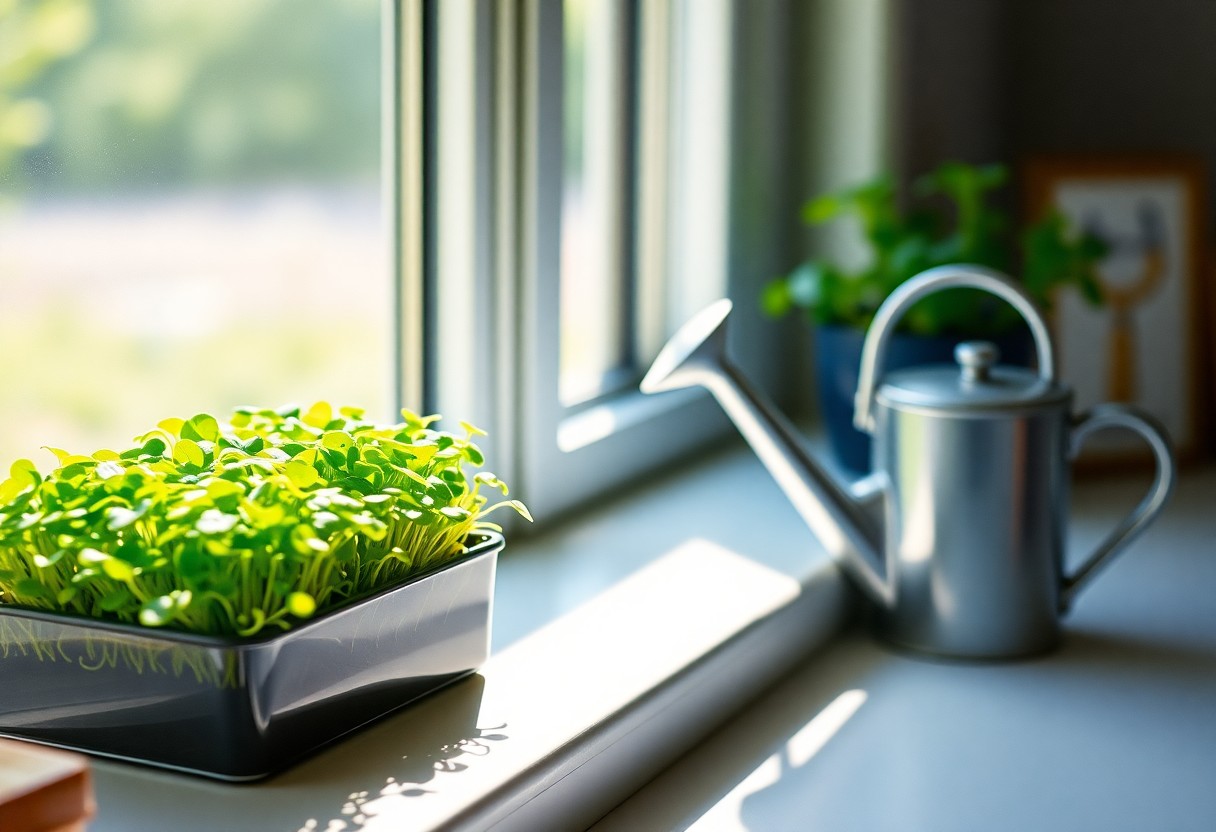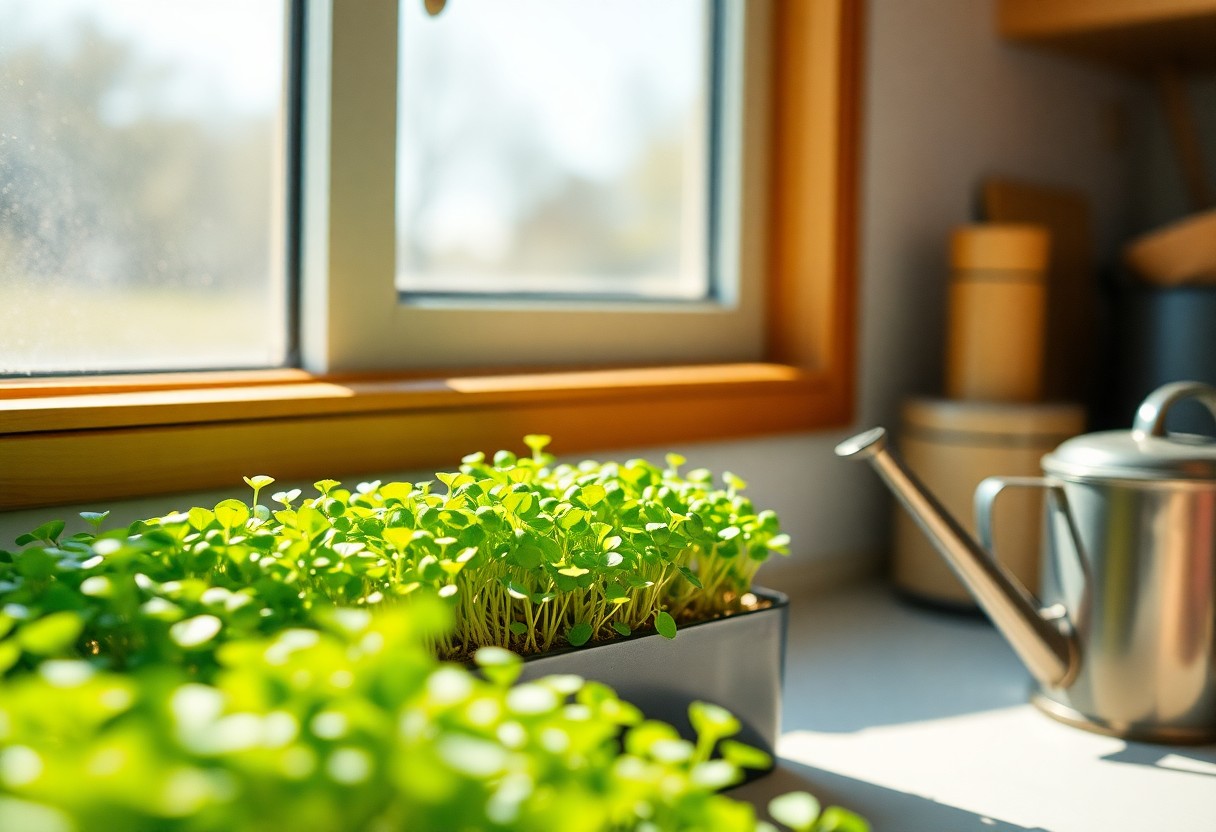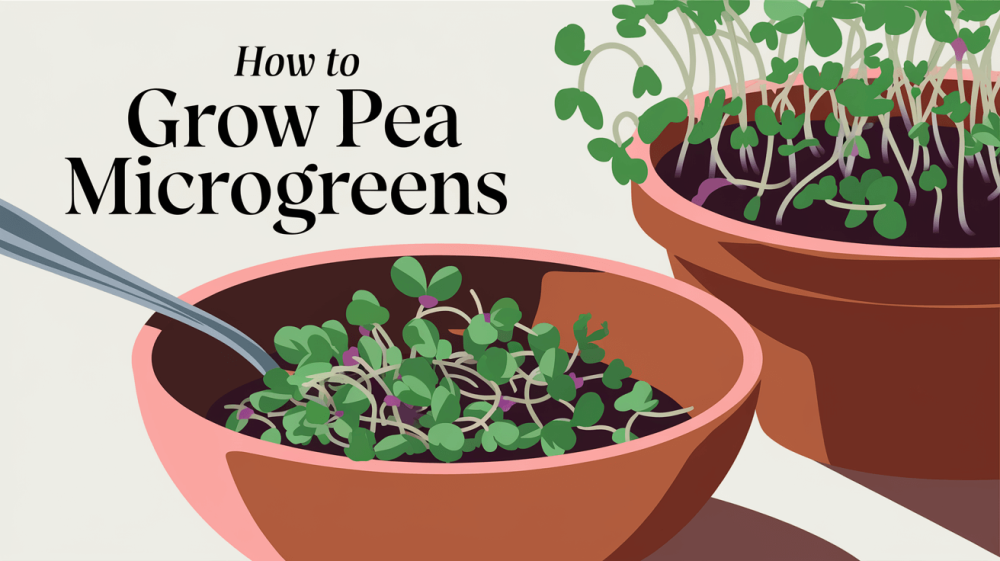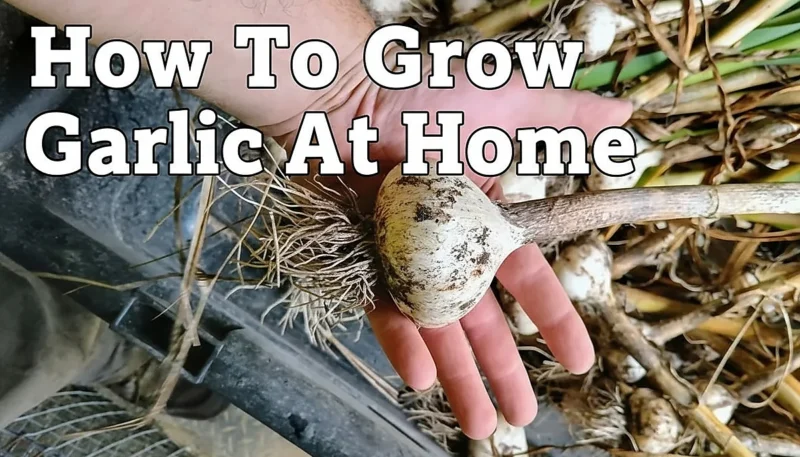Just imagine having fresh, sweet, and tender greens right at your fingertips. In this guide, you’ll learn how to grow pea microgreens in your own home, making your meals more delicious and colorful.
Get ready to enjoy the fun of planting and the tasty rewards that come with it!

Table of Contents
Types of Pea Microgreens
Your experience with growing pea microgreens can vary significantly with the types you choose. Here are some popular options:
| Variety | Description |
| Green Pea | Classic choice, sweet and crisp. |
| Sugar Snap Pea | Deliciously sweet, firm texture. |
| Snow Pea | Thin, tender pods with a delicate taste. |
| Black-Eyed Peas | Rich flavor with a unique twist. |
| Red Pea | Bright color, mild and sweet. |
Knowing the variety you select can enhance your culinary adventures!
Varieties to Choose From
Assuming you want to explore the best selection, consider the diverse options available. Each type offers its own unique taste and texture, allowing you to experiment in your kitchen. From sweet to nutty, the world of pea microgreens is exciting.
Flavor Profiles
Any variety you choose will bring its own delicious flavor to your dishes. Some are sweet and crunchy, while others lend a slightly earthier taste. This range can complement various meals effortlessly.
To dive deeper, the flavor profile can vary based on the variety and growing conditions. For example, Sugar Snap Peas are sweeter and go well in salads, while Snow Peas bring a fresh, crispness. Try mixing varieties for a delightful taste experience in your dishes!

Step-by-Step Growing Guide
Assuming you’re ready to investigate growing pea microgreens, follow these easy steps to enjoy a fresh harvest right at home!
Preparation and Setup
| 1. Choose a Container | Use shallow trays or seedling pots with drainage holes. |
| 2. Select Soil | Opt for high-quality potting mix or seed-starting soil. |
| 3. Gather Light | Ensure you have a sunny window or grow lights for 12-16 hours a day. |
Preparation and Setup
Now, you’ll need to gather all the materials for a successful growing environment. Your container should have good drainage to prevent sogginess. Fill it with a quality soil mix, leaving some space at the top for watering. Finally, set it in a spot that gets plenty of light.
Sowing and Care
To sow your seeds, spread them evenly over the soil, then cover lightly with more soil. Mist or water gently to moisten the soil without drowning the seeds.
Care for your pea microgreens by keeping the soil damp but not wet. You don’t want to let it dry out completely. After a few days, they’ll sprout, and you should start to see them growing tall.
Rotate the tray occasionally for even light exposure, and keep an eye out for any sprouts that seem to be stretching more than the others. Early intervention can help keep them bushy!
Essential Growing Tips
Even if you’re new to gardening, growing pea microgreens can be simple and rewarding. Here are some key tips to help you succeed:
- Start with quality seeds.
- Use a shallow container with drainage.
- Keep your soil moist, but not soggy.
- Provide adequate light, aiming for 12-16 hours daily.
- Harvest when they are 2-3 inches tall.
Recognizing these vitals will set you on the right path to enjoying your homegrown greens.
Optimal Conditions
Conditions play a significant role in the growth of your pea microgreens. They thrive best in temperatures between 60°F and 75°F. Make sure to use a good quality growing medium to give your seeds the best start.
Watering and Light Needs
The watering and light you provide can make or break your microgreens. These tender greens like consistent moisture but can rot if overwatered. Aim for 12-16 hours of light each day for optimal growth.
Growing pea microgreens means balancing moisture and light. Always check your soil; it should feel damp but not waterlogged.
If using grow lights, place them about 2-4 inches above the seedlings for even light distribution. Your greens will appreciate a cozy spot that meets their needs, giving you tasty results in just a week or two!
Key Factors Influencing Growth
Despite the simplicity of growing pea microgreens, several key factors significantly impact their growth.
- Soil quality
- Watering frequency
- Temperature
- Light exposure
After you address these factors, you’ll see vibrant, healthy greens in no time!
Soil Selection
You want to use a light and fluffy soil mix that drains well. This helps prevent water from pooling around your seedlings, ensuring they have what they need to thrive.
Temperature Considerations
Influencing the growth of your pea microgreens is the temperature at which you grow them. Pea microgreens flourish best in specific temperature ranges.
Ideal Temperature Ranges
| Daytime Temp | Nighttime Temp |
|---|---|
| 65°F – 75°F | 60°F – 65°F |
This careful attention to temperature sets the stage for lush greens. Keeping daytime temperatures between 65°F and 75°F maximizes growth while cool nighttime temps encourage strong roots and better flavor.
Temperature Effects
| Temp Range | Growth Response |
|---|---|
| Below 60°F | Slower growth |
| Above 75°F | Risk of wilting |
Your attention to the right temperature will reward you with sweeter, more tender greens. Enjoy the process and watch them thrive in your home garden!
Pros and Cons of Pea Microgreens
All microgreens come with their ups and downs. Here’s a quick look at the pros and cons of growing pea microgreens:
| Pros | Cons |
|---|---|
| Tasty and sweet flavor | Requires consistent moisture |
| Easy to grow indoors | Can attract pests if overwatered |
| Packed with nutrients | Short growth cycle (7-14 days) |
| Great for salads and sandwiches | Needs good lighting for optimal growth |
| Fun for kids to grow | Flavor can fade quickly after harvest |
Health Benefits
Some benefits of pea microgreens include a rich supply of vitamins A, C, and K. They’re also packed with antioxidants. Adding them to your meals can boost your overall health. You’ll enjoy their sweet taste, while getting a nice nutrient kick!
Challenges in Cultivation
One challenge you may face when growing pea microgreens is keeping the right moisture level. Too little water can lead to stunted growth, while too much can cause damping-off diseases. Finding the sweet spot takes a little practice!
Cons also include the need for adequate light. Without it, your microgreens can become leggy and weak. Plus, they require consistent attention during their short growth cycle to flourish.
Pests like aphids can pop up if you’re not careful with watering. Keeping an eye on them will help ensure your patch thrives!
Creative Uses for Pea Microgreens
To unlock the full potential of your pea microgreens, get creative in the kitchen! These little greens aren’t just tasty; they’re versatile too. You can toss them in salads, blend them into smoothies, or even use them to elevate your favorite sandwich. Their sweet, nutty flavor will enhance any dish.
Culinary Applications
Some great uses for pea microgreens include adding them to stir-fries, salads, or even as toppings for avocado toast. They add a fresh crunch and a delightful burst of flavor to your meals. Plus, they’re packed with nutrients!
Garnishing Ideas
Ideas for using pea microgreens as garnishes are endless. You can sprinkle them on soups, pastas, or grilled vegetables for a pop of color and flavor. They’re also perfect for jazzing up appetizers or plates at dinner parties.
With their vibrant green color and tender texture, pea microgreens make your dishes look stunning. Just a handful can transform a simple meal into a gourmet experience.
You’ll impress your friends and family with beautiful garnishes that taste as great as they look!
To wrap up
Taking this into account, you can easily grow pea microgreens at home. Just follow the simple steps, and you’ll enjoy sweet and tender greens in no time.
These delicious little greens are perfect for adding flavor and nutrition to your meals.





